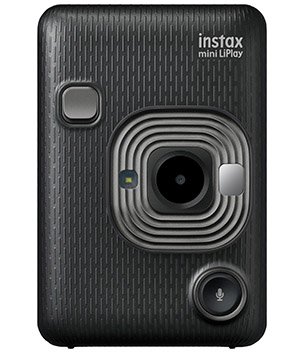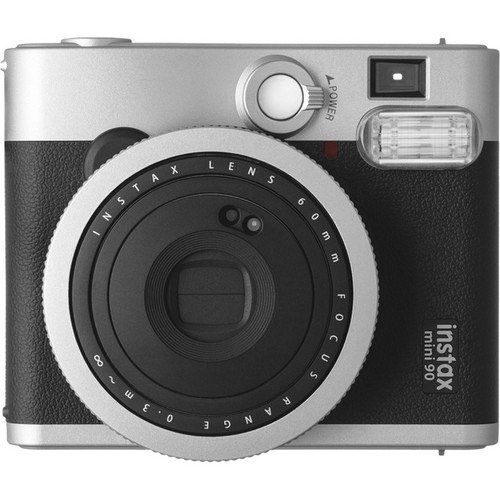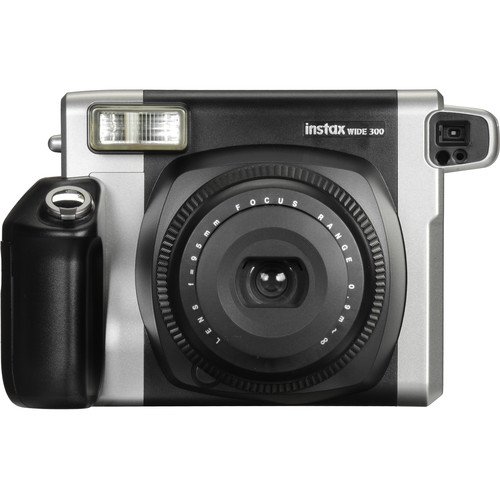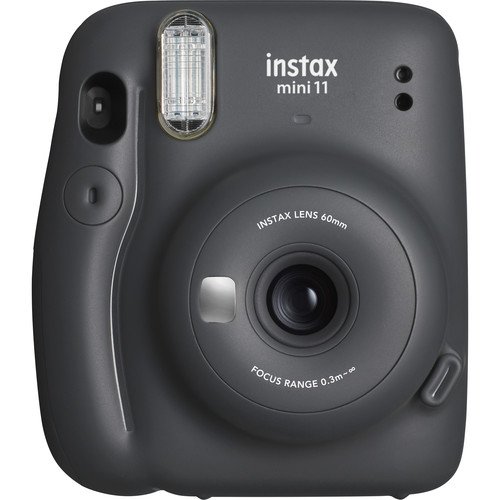Fuji rules the instant camera game, so if you are looking for one, here are the 7 best Fujifilm Instax cameras you can get with sample images when available.
This list is from a professional photographer who simply can’t get enough of instant photography since the Polaroid days.
Best Fujifilm Instax cameras list
Here’s the list of the best Fujifilm Instax cameras below. On this list there are two hybrids, meaning these can shoot both digital images and print Instax film.
In the notes, TM means this has a timer, and SLF means it has a little selfie mirror.
| Name | Type | Film | Lens Info | Notes | Get it here: |
|---|---|---|---|---|---|
| 1. Instax Liplay | Hybrid | Mini | 28mm f2 | 4.9 mp, TM, SLF | Check Price |
| 2. Instax Mini 90 | Analog | Mini | 60mm f12.7 | TM | Check Price |
| 3. Instax Mini 40 | Analog | Mini | 60mm f5.6 | SLF | Check Price |
| 4. Instax Square SQ20 | Hybrid | Square | 28.5mm f2.4 | 3.69 MP, TM, SLF | Check on ebay |
| 5. Instax Square SQ1 | Analog | Square | 65.75mm f12.6 | SLF | Check Price |
| 6. Instax Wide 300 | Analog | Wide | 95mm f14 | NA | Check Price |
| 7. Instax Mini 11 | Analog | Mini | 60mm f12.7 | SLF | Check Price |
Now that we’ve seen the list of the best Fujifilm Instax cameras, let’s look at each instant camera and see what makes them deserving of the top spot. Sample images will be shown when available.
| Reasons to buy | Cons |
|---|---|
| ✔️ Hybrid, saves the images ✔️ Economical, only print what you want ✔️ Small and light ✔️ Doubles as smartphone printer ✔️ Insanely fun | ❌ Average digital images |
Let’s start our list of the best Fujifilm Instax camera with the Instax Liplay. One of the biggest issues with Instant photography is that you do not have the choice to print: the moment you shoot, a few seconds later out comes a print, great picture or not. Moreover that one print is what you get, there is no redo.
This is where the revolutionary little Instax Liplay comes in. It is 3 in 1. First it is a normal digital camera with a screen in the back, second it is an Instax camera so it can print Instax mini images and lastly it is also a Bluetooth printer. So you can print your phone images too. More about this in our Fujifilm Liplay review.
The image quality in terms of JPG are average point and shoot but the printed results never fail to bring a smile. Since you are not forced to print ever single image, you can reserve this honor only for your best images, making this very economical in terms of print.
This camera is equipped with a wide 28mm lens, like most phones so it is one camera that won’t take long to get the hand of. The lens is also one of the fastest in the Instax line at f/2 so it is great for low light and doesn’t need to fire the flash that often.
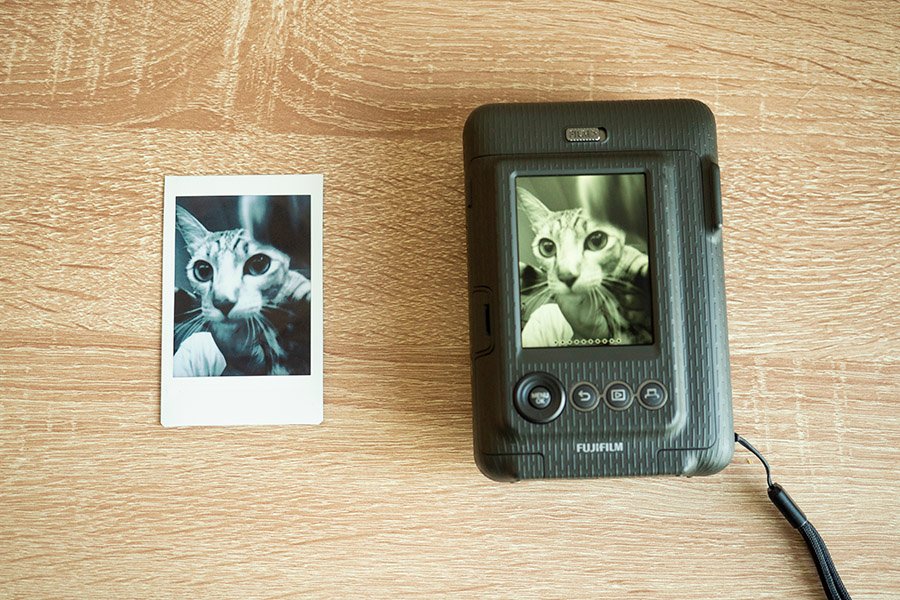
The odd shutter release button placement in the front takes a bit of getting used to but that placement and the small mirror at the opposite side of the flash makes this selfie friendly. You can also use your phones as a remote shutter and have a clear idea of what you are shooting before even pressing the shutter button.
Size-wise, it looks like a chunky point and shoot but it is one of the most compact Instax cameras and a nice simple design. With the dedicated app you have access to advanced features like seeing your images on your phone, uploading custom border frames and more.
this is by far one of the best Fujifilm Instax cameras ever made.
| Reasons to buy | Cons |
|---|---|
| ✔️ One of the most stylish Instax ✔️ Automatic ✔️ Advanced settings but simple operation | ❌ Often needs flash with low light ❌ No selfie mirror |
Taking the second spot on our best Fujifilm Instax cameras list is the Neo Classic. The name comes from the fact that this analog Instax takes design cues from the Leicas and other rangefinders of old, making it quite the looker as many other Instax have a more playful / child like bent to them.
It is also pretty advanced with the possibility to shoot macro images, double exposure and it even has bulb mode where you can shoot light streaks as cars go by. While it is primarily an automatic camera, it does allow for some customization with scene modes like landscape, kids, etc. all of this is easily changed with an easy to read and understand LCD in the back.
This camera is extremely selfie friendly with a self timer mode and two shutter release buttons. One is on top to shoot like a regular camera nd the other is in the front to make things easier. Besides what the square looks of the camera might suggest this shoots Instax mini film.
If you are looking for the best Fujifilm Instax cameras that are purely analog (no digital image) the 90 Neo Classic takes the cake.
Fujifilm Instax mini 90 Neo classic sample images
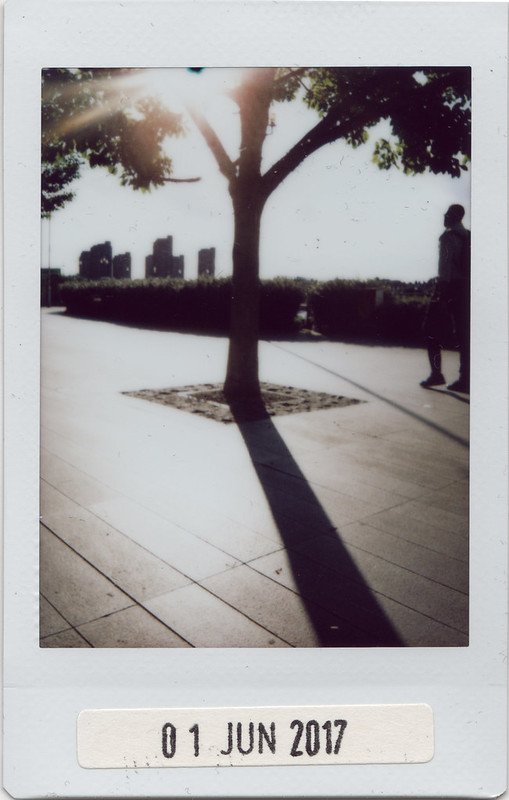
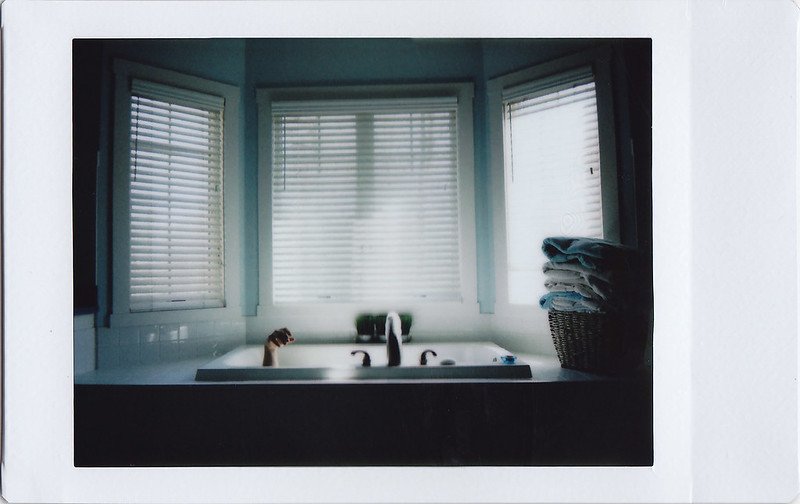

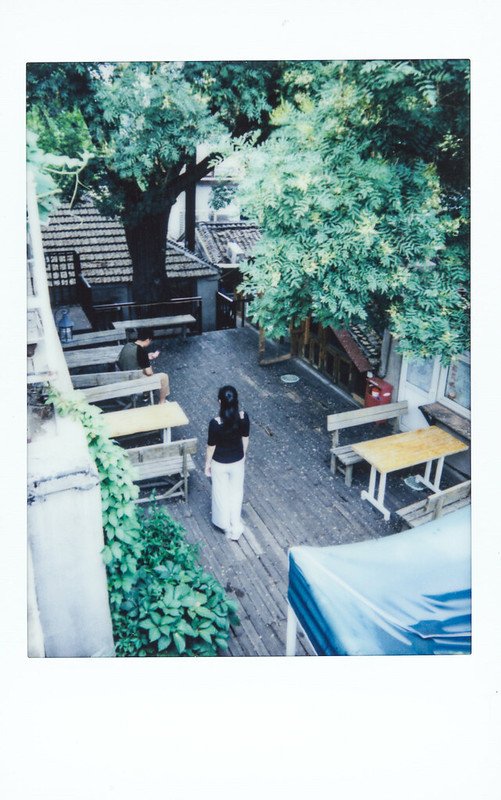
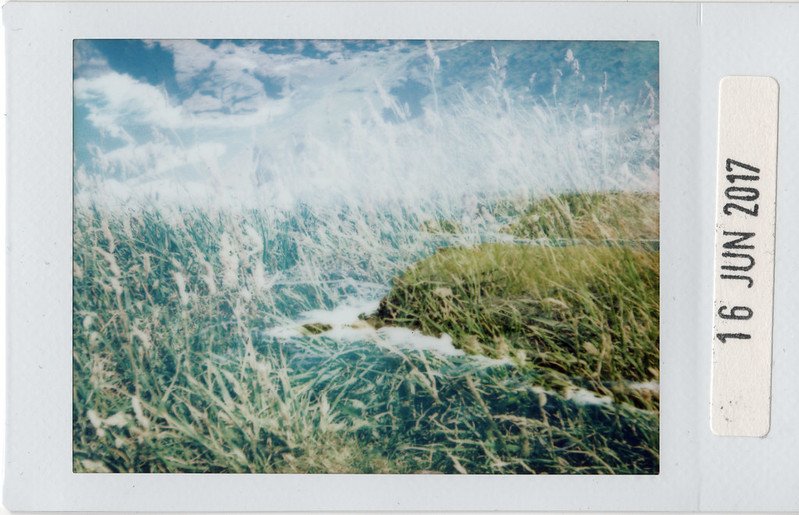
| Reasons to buy | Cons |
|---|---|
| ✔️ Just like the neo 90 ✔️ Cheaper and simpler ✔️ Selfie mirror ✔️ Faster lens, better for low light | ❌ No LCD |
This camera is essentially the Instax Mini 90 Neo Classic with many missing features and of course a lighter price. First things first, the looks are even more retro but still stylish. Gone is the double shutter release, there is only one at the front but there is now a useful selfie mirror on the side of the lens.
There is no LCD in the back so this is mostly a fully automatic camera. if you want a stylish and advanced Instax mini camera the 90 Neo Classic is the one to get, but if you want the simplicity and joy of a point-and-shoot this is the Instax Mini 40.
The mini also has a large advantage over the 90, it has a faster aperture lens so you tend to reach for the flash less with this one vs the 90.
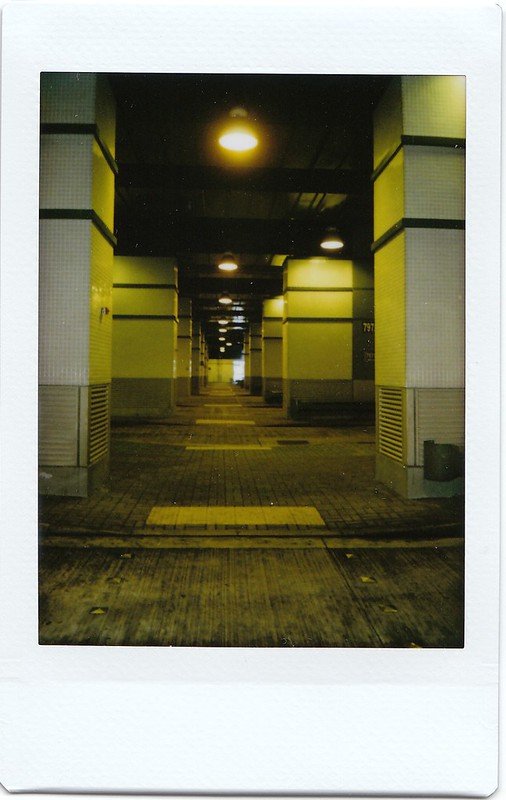
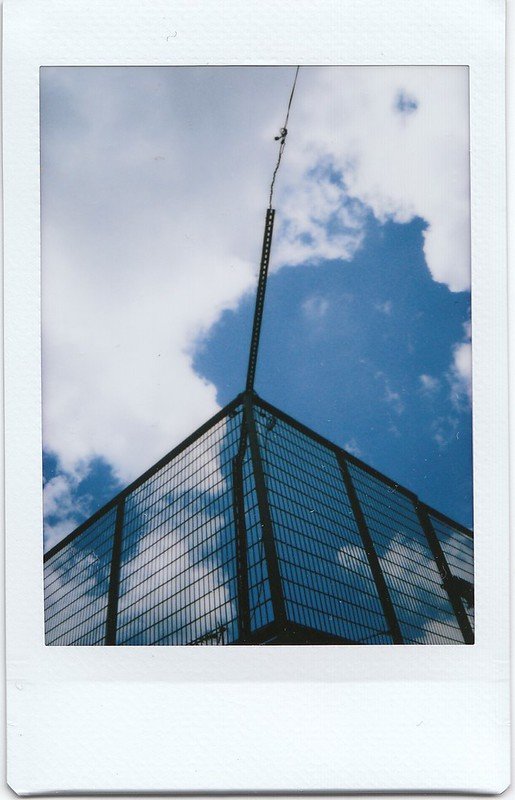
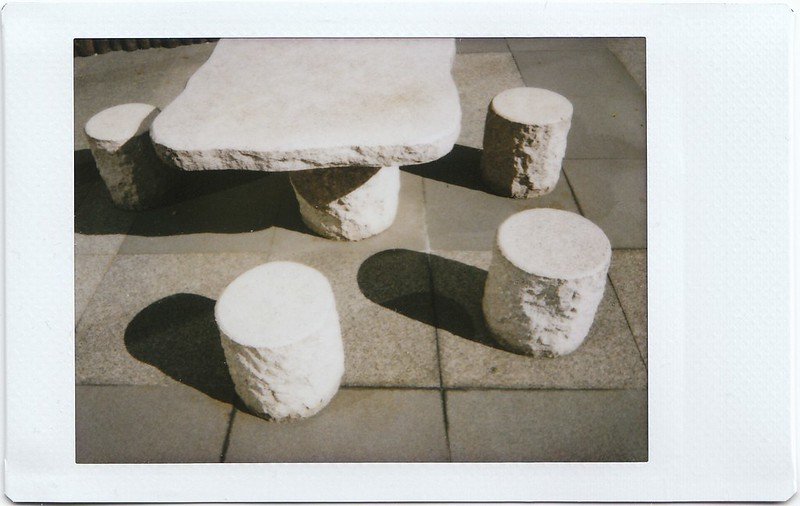
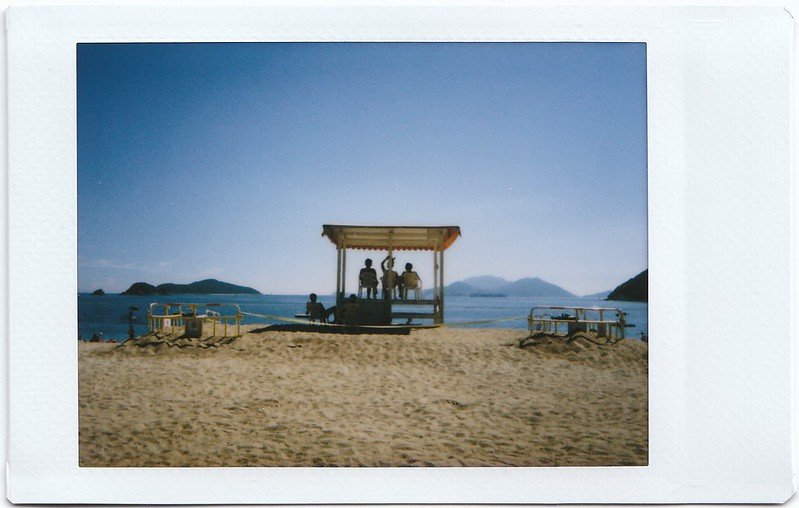
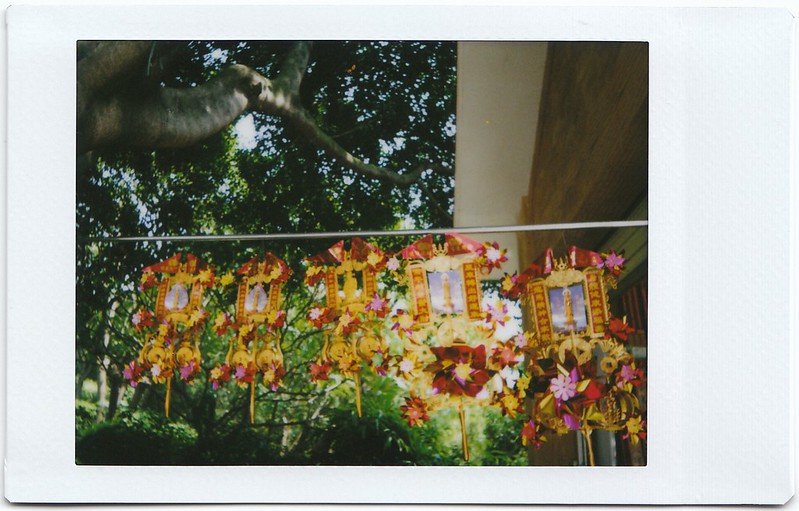
| Reasons to buy | Cons |
|---|---|
| ✔️ Hybrid ✔️ Zoom ✔️ Grip anywhere ✔️ Advanced printing features ✔️ Grip anywhere | ❌ Relatively big ❌ Below average digital camera ❌ Discontinued, used only |
One one hand this is like the Fujifilm Liplay as it also can record digital images but it shoots the Sqare Instax format and there are more advanced features. This is however a larger camera.
This is the camera where you feel the engeneers went all out on, especially for selfies. The grip in the front is so that you can hold the camera with right or left hand and press the right or left shutter button.
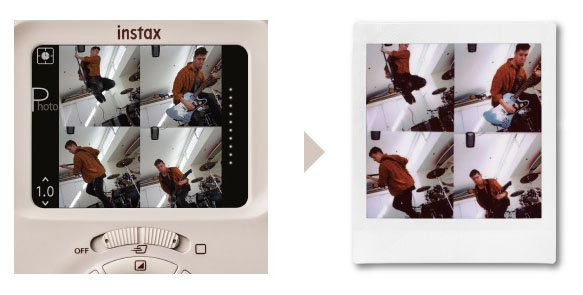
What mesk this camera interesting is the amount of modes it has, from double exposure to bulb (for light streaks) but it also can record multiple images in order to make a collage of images. So one print can hold 4 smaller shots taken seconds apart, or you can select multiple shots (up to 9) to create something more.
While this can record video clips, it cannot record sound. This is because the recorded clip is mostly used to go back and forth for you to collect the frames you want. Unlike the Fujifilm Liplay this cannot act as a mobile printer for your phone, it is pretty much self contained.
The issue really comes down to the digital camera. It shoots below average digital shots that tend to overexpose or underexpose. So you need to be careful of when shooting and make use of that exposure value button. The prints often tend to be dark so you also want to push the exposure a bit when editing your images.
If you want one of the best Fujifilm Instax cameras that shoots square and is a hybrid , this is it.
| Reasons to buy | Cons |
|---|---|
| ✔️ Absolute simplicity ✔️ Selfie mirror ✔️ Completely automatic | ❌ No LCD |
This is one of the most straighforward Instax cameras on this list. It is a bit like the Neo 40, there is no LCD, no screen. This is automatic, point and shoot at it’s finest.
Of course unlike the Instax 40 this shoots Instax square images. There is a timer you can activate by twisting the lens and there is also a small selfie mirror on the side of the lens. The shutter release button is in front too making it easy to shoot self portraits.
If you want the simplest Instax camera that shoots square images this is it.
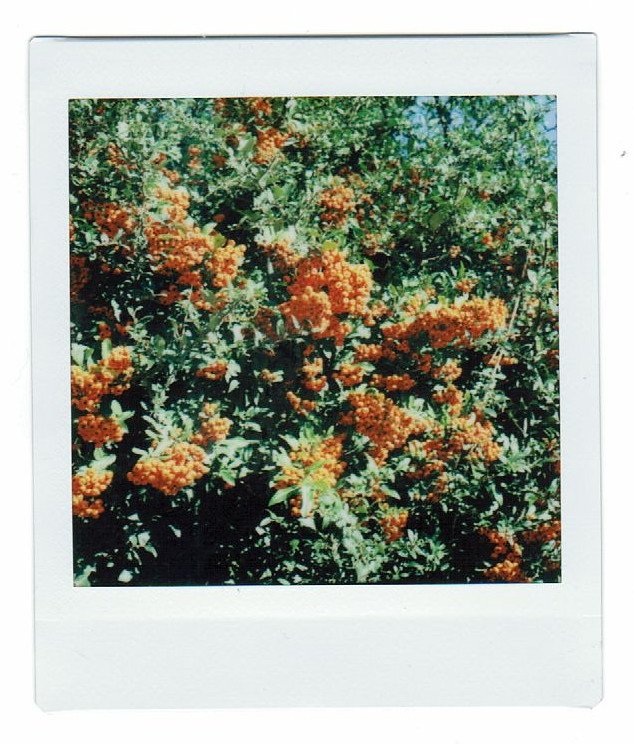
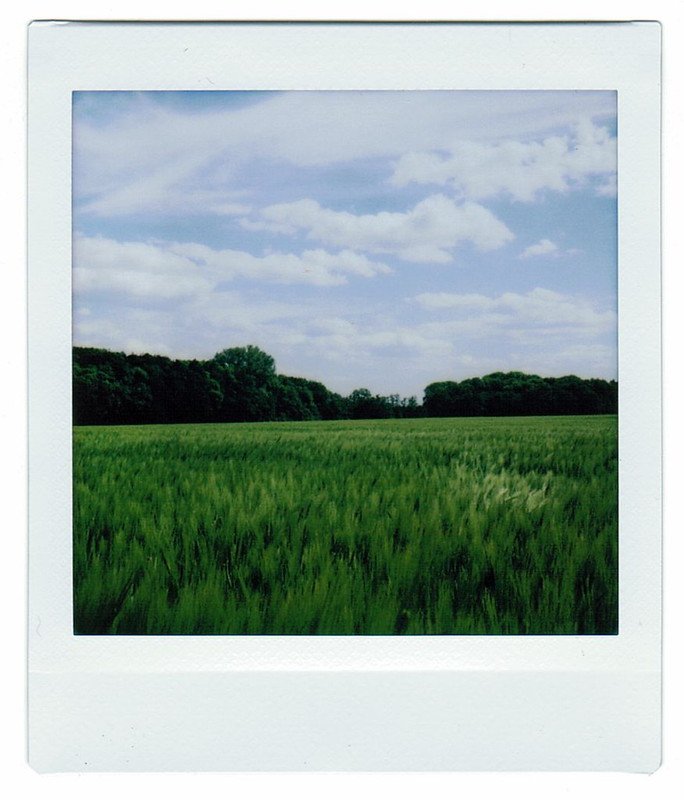
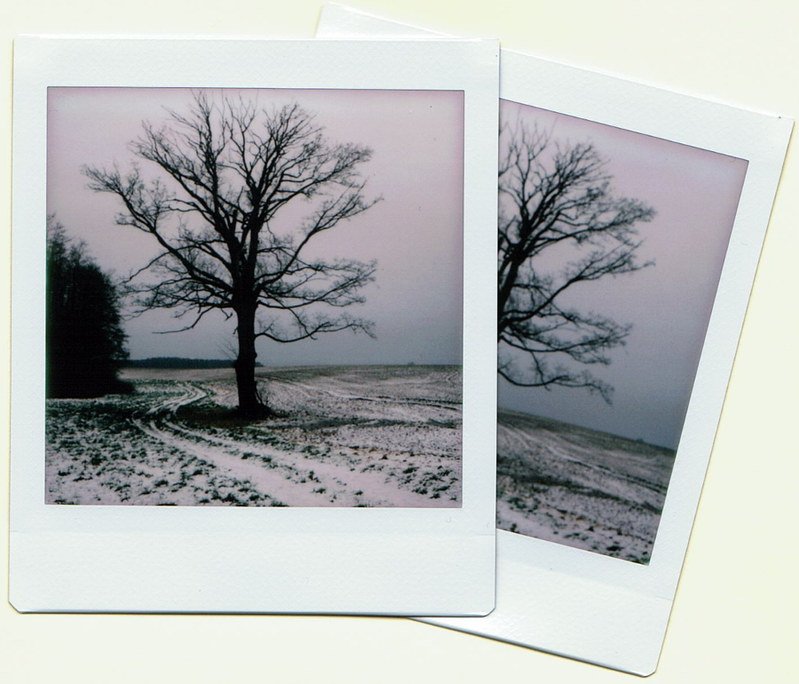
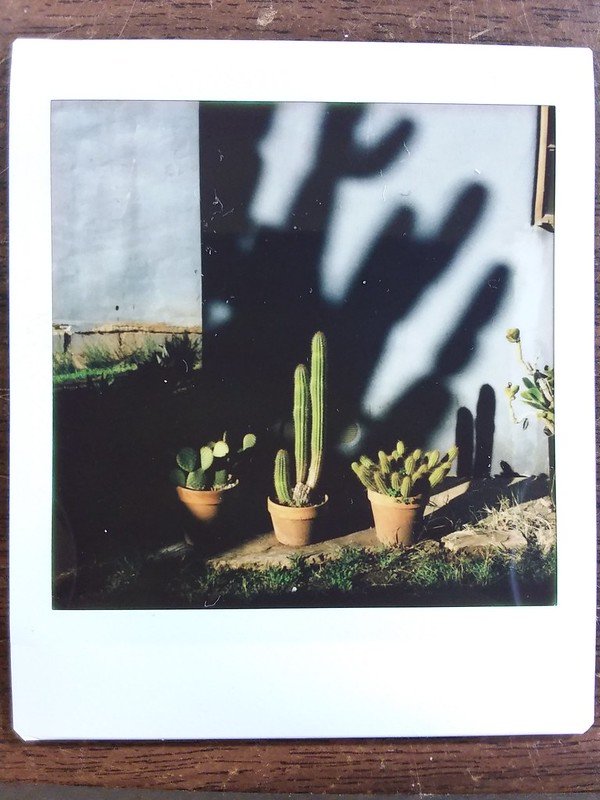
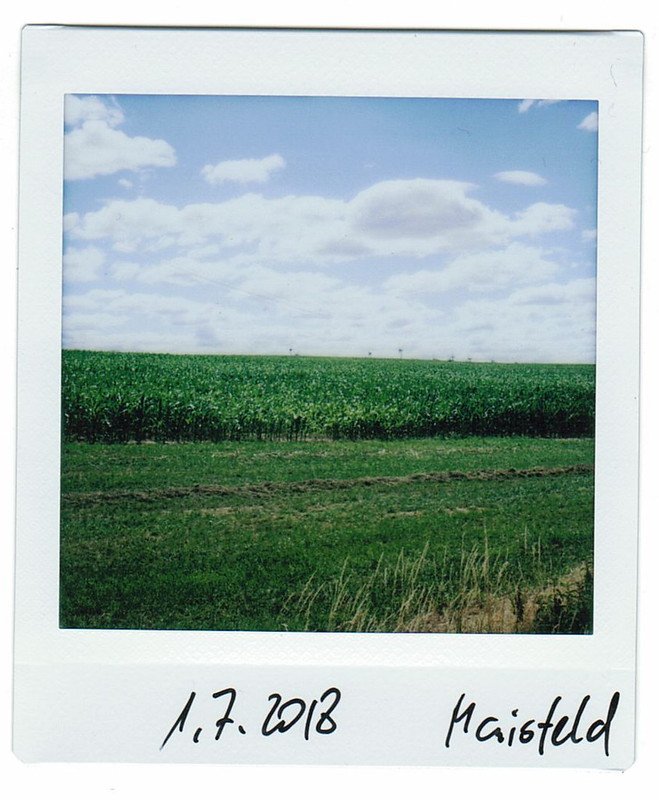
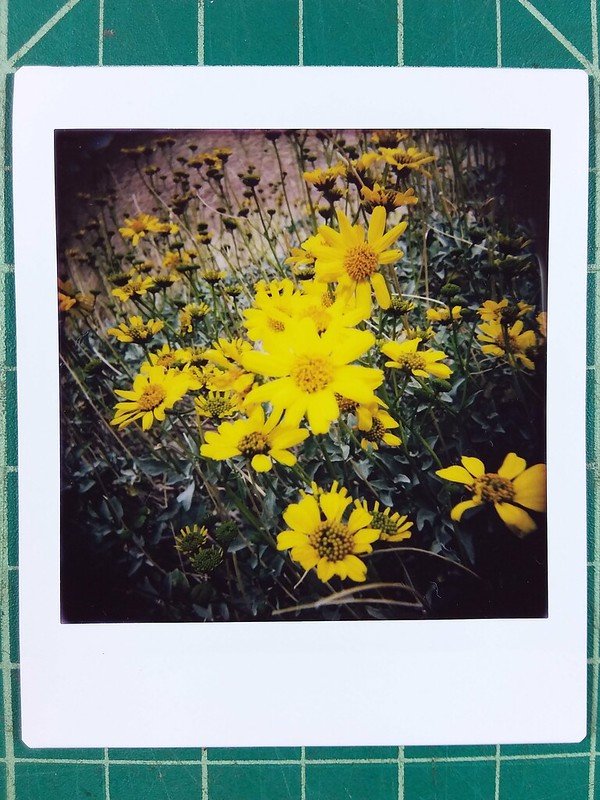
| Reasons to buy | Cons |
|---|---|
| ✔️ Nice grip ✔️ Prints are the largest in Instax line ✔️ Nice flash and viewfinder | ❌ One the large side ❌ Wide is most expensive per shot Instax |
If you want to shoot the wide AInstax film this is pretty much your only chouice in the maater. This is one beautiful camera that has a retro look, a bit like the 90 Neo, but of course shoots the largest Instax film available.
Instax wide is the most expensive to get and to accomodate the large print this camera is quite large especially compared to its Instax mini brothers. It has a wionderful grip in the front and it is mostly and automatic camera. The LCD in the back only shots the remaining amount of film, Light or Dark override and flash.
if you are not afraid of the size, the prints that comes from this are excellent and more impressive than the smaller Instax films.
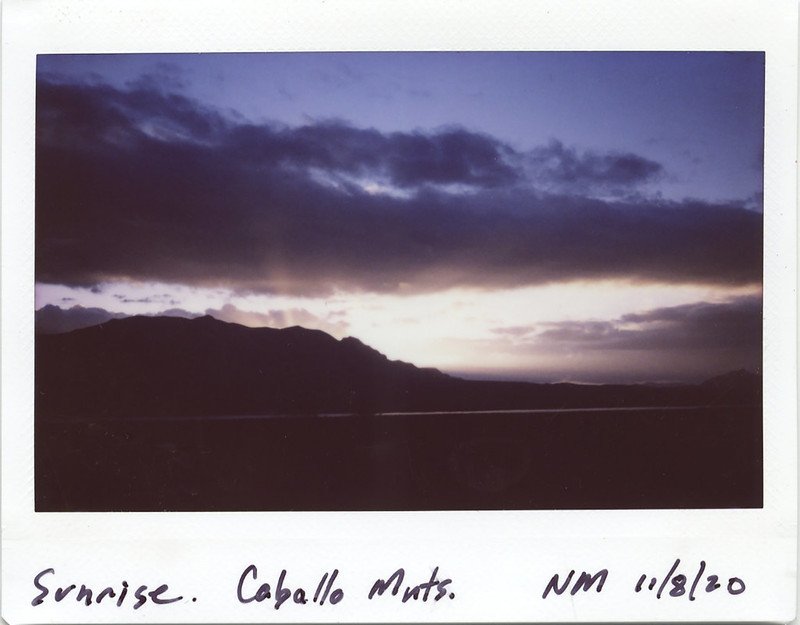
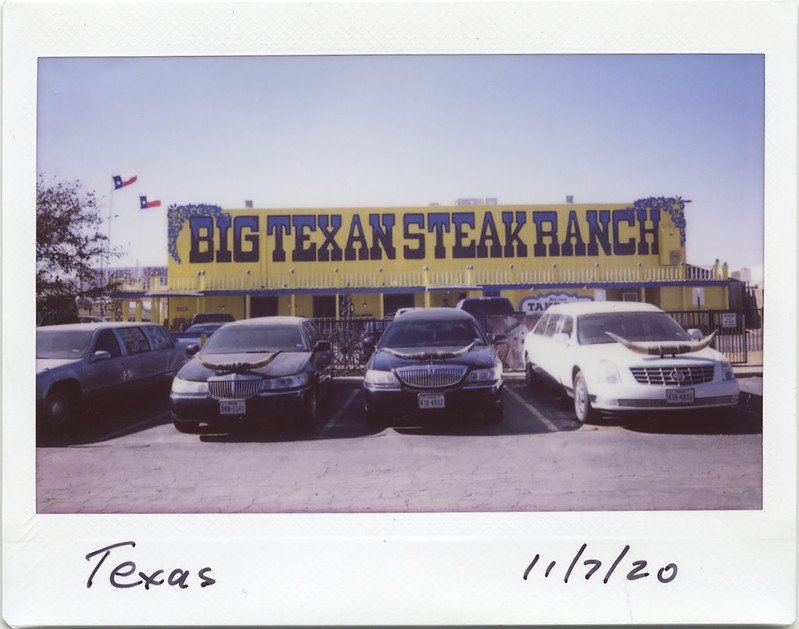
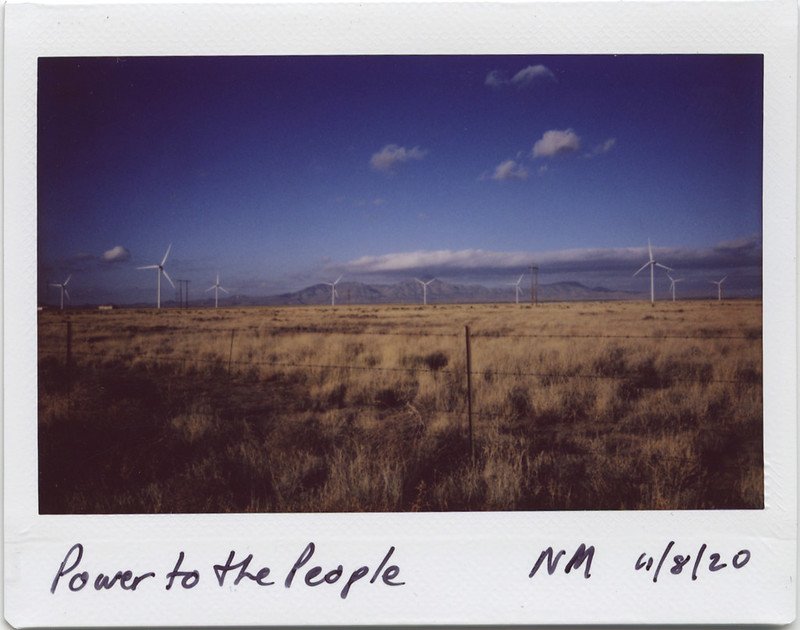
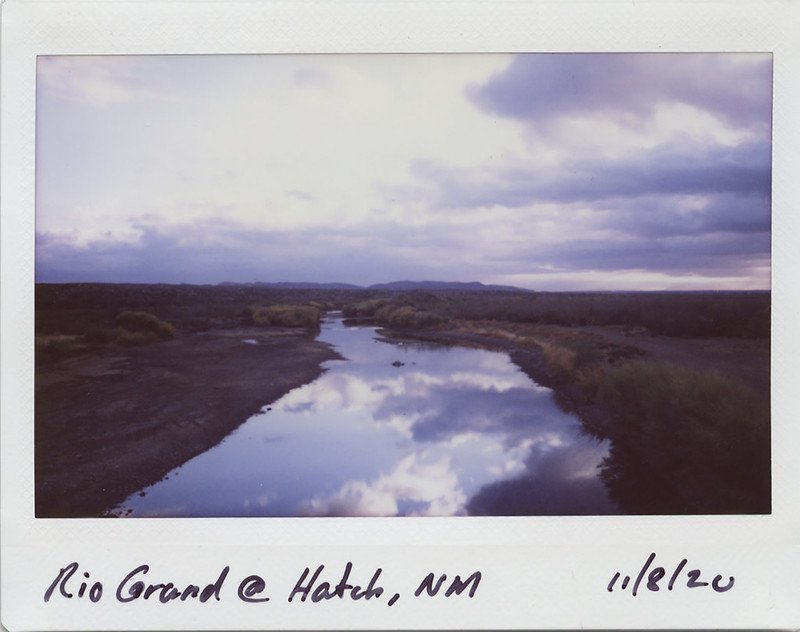
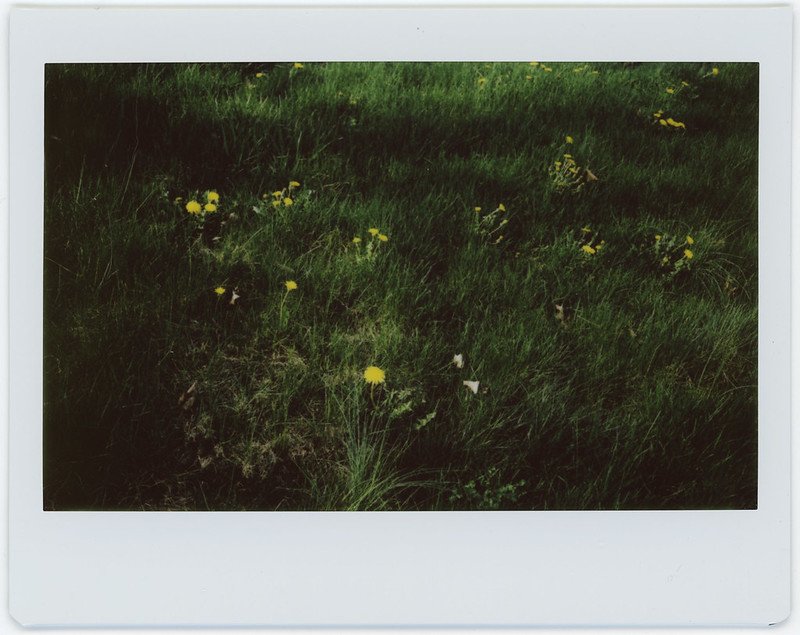
| Reasons to buy | Cons |
|---|---|
| ✔️ Selfie mirror ✔️ Mini is cheapest per shot Instax ✔️ Cheapest | ❌ Design might be too kid-like |
As a final choice for our best Fujifilm Instax cameras is the Instax Mini 7. This camera is the cheapest Instax you can get and is pretty much like the Instax mini 40 but without the retro chic looks.
The design is overall very kid-like and there is an abundance of colors here so this camera might appeal to kids more. If you are turned off by the design, the Mini 40 is the one to get. This camera is sturdy and can withstand a few dings, and it has that front selfie mirror and selfie friendly shutter release in the front.
The camera is simple and sully automatic, just point and shoot. There is a simple indicator in the back for how many images you have remaining.
Conclusion
I hope you enjoyed this article about the best Fujifilm Instax cameras. If you want the best that can shoot Instax prints and saved them to a memory card (and print from your phone!) this is the Fujifilm Liplay.
If you just want the best Instax that shoots the mini film this is the Instax Mini 90 Neo. If you want absolute simplicity then the Mini 40 and if you are on a budget the Mini 11.
If you want to shoot square, the SQ20 can shoot those and save to a memory card while the SQ1 is pretty much pure analog. Lastly if you want to shoot wide, the only choice is pretty much the Wide 300, happy shooting!

